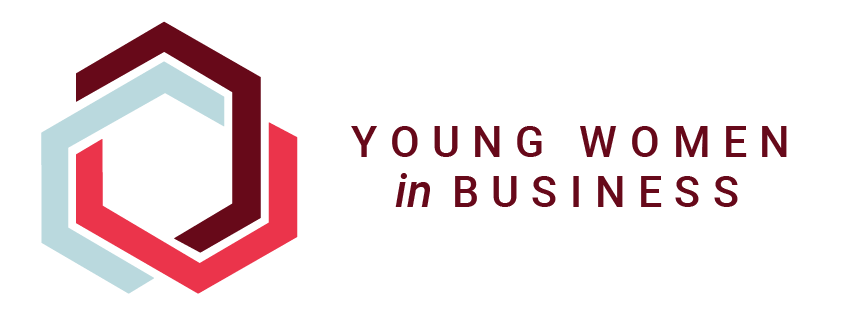Top 3 Traits of a Successful Leader
/This is a guest post from our sponsor, G&F Financial Group (G&F) G&F Financial Group (G&F) is proud to support the Vancouver branch of Young Women in Business (YWiB). At G&F, we empower and encourage employees to grow, thrive and reach new heights within the credit union and beyond. Our focus on leadership and development has never been stronger and we recognize the value of today’s young leaders. Today we reached out to Pamela Tsatouhas, one of G&F’s Branch Managers and asked her to share her thoughts on the qualities that make a good leader and the advice she has for young women starting down their own career path.
Pamela has been an employee of G&F for two years as the Branch Manager at the busy and vibrant West Broadway location. At the young age of 29, Pamela has achieved a leadership position and has some advice about what it means to be one of the younger members of the management team.
“In my experience, young managers must become good leaders quickly to prove that they are up for the task”, she says. “They have to build relationships, earn trust and allow their leadership skills to rise organically.“
One of the core values of G&F is a strong commitment to give back to local communities. G&F employees volunteer countless hours of their own time to help enrich their neighbourhoods, and Pamela lives these values. Pamela is a board member of the local Business Improvement Association and the Second Treasurer for the Hellenic Community of Vancouver. She also volunteers with the Hellenic Congress of BC to help organize Greek Day on Broadway. Pamela’s connections in the community help her network and build relationships that translate into strong business partnerships.
When asked about the top traits she believes are necessary in a successful leader, three came to mind.
- Confidence – “Part of your job as a leader is to put out fires and maintain team morale. Keep up your confidence level and focus on the larger goal. As a leader, by staying calm and confident in the face of setbacks you will keep your team feeling the same way.”
- A positive attitude – “I always want to keep my team motivated towards the continued success of the company and keep the energy levels up. I like to keep a fine balance between productivity and playfulness.“
- Leading by example – “There is no greater motivation than seeing the boss in the trenches working alongside everyone else, breaking hierarchies and showing that we’re all responsible for organizational results and that hard work happens at any level.”
She adds, “By proving your commitment to the role, you will not only earn the respect of your team, but will also instill that same hardworking energy among your staff. It’s important to show your commitment not only to the work at hand, but also to your promises. Once you have gained the respect of your team, they are more likely to deliver quality work.”
Lastly, Pamela shared some advice she has for young women who are new to their careers or just starting to take on leadership roles. Thinking back to when she first started out in her career, two pieces of wisdom came to mind.
- Find and use your voice. “Most women are uncomfortable promoting themselves. You may think, “If I just do a good job, someone will notice and the rewards will materialize. Unfortunately, it seldom happens that way. If you’re not getting acknowledged and you don’t ask for the things you want, recognize that you may have lost your most important career asset – your voice! You’re hired for a job because of your skills and talents. Don’t minimize these by not speaking up. Your ideas, contributions and achievements are yours to realize AND to highlight, no matter how uncomfortable it may be. Find ways to use your voice tactfully and take those natural opportunities to talk about the work you’re doing and what you’ve achieved.”
- Learn how to take credit and accept praise. She recognizes that women are often conditioned to deflect praise and have a hard time graciously accepting credit for their hard work. “When you respond to praise or an acknowledgement by deflecting or giving credit to others, you give away your power. When you receive praise, own it! Simply say, “Thank you.”
To learn more about Pamela and her role at G&F, you can connect with her by email at ptsatouhas@gffg.com. To learn more about G&F, visit us online at www.gffg.com




